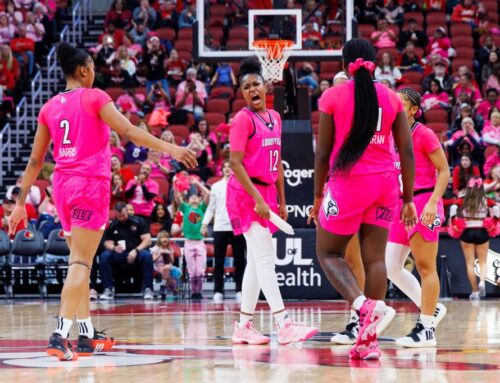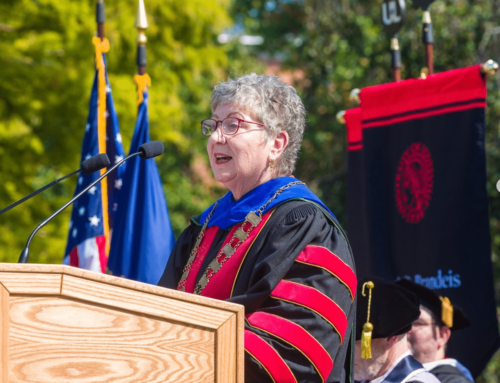By Kevin Koeninger
“The Good German” chronicles the story of United States war correspondent Jake Geismer (George Clooney) as he attempts to the Potsdam Peace Conference, held in Berlin shortly after the conclusion of World War II.
Geismer, who once managed a news bureau in Berlin, struggles to come to grips with a ravaged city whose inhabitants are desperate to survive by any means necessary.
Geismer’s driver, Corporal Tully (Tobey Maguire), ultimately reunites him with a former flame, Lena Brandt (Cate Blanchett).
After a surprising turn of events, it becomes apparent that Geismer is the only person interested in discovering truth and his search leads him not only into the thick of a chaotic, postwar metropolis, but also closer to Brandt.
Director Steven Soderbergh was compelled to create a film that meshed stylistically with the time period in which it was set, and he succeeded masterfully.
By using near antique film and production techniques, he was able to generate the look and feel of 1940s film classics, although the content is definitely straight out of the 21st century, in regards to dialogue and sexual material.
Sadly, though, with so much focus being placed on the visual aspects of the film, character development suffers.
Recent movies such as “Sin City” and “Good Night and Good Luck” have drawn a hard line towards more stylized, “artsy” film endeavors, and “The Good German” certainly heads in this direction.
While it is tempting to stop and stare at the eye candy, substantial flaws in other aspects of the film prevent it from succeeding on every level.
Could it have been Soderbergh’s intention to revive the feelings associated with classic cinema through imagery and casting?
“The Good German” will not find itself as revered in the long run, and is more of a pleasant experiment than anything else.





